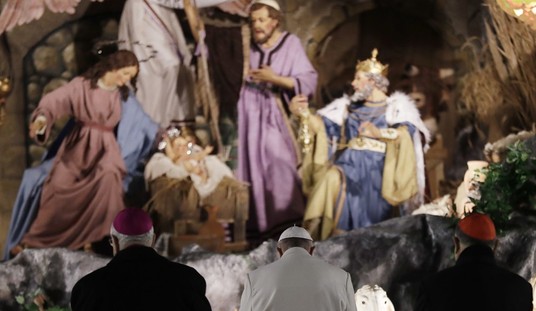If you’re not using Waze to get around town, consider giving it a shot. Originally an Israeli company until acquired by Google, Waze’s map app offers navigation features similar to Google Maps, but with additional social networking features. Drivers can report traffic jams or road hazards, and the app will route you around these if a faster route presents itself.
Drivers can also mark the presence of police on the Waze app, noting whether parked squads are “visible” or “hidden.” This feature has generated controversy; Jeffrey Tucker of the Foundation for Economic Education (FEE) explains:
Police have objected to this feature of the app. Why? Because it means that drivers are better able to avoid getting ticketed. But think about this: the app actually succeeds in causing people to obey the law better by slowing down and being safer, as a way of avoiding fines.
Why would police object? If the whole point of traffic police is to get people to drive more safely, knowing about police presence achieves that goal.
Of course, we all know the real reason. The goal of the police on roads is not to inspire better driving but rather catch people in acts of lawbreaking so that they can collect revenue that funds their department. In other words, the incentives of the police are exactly the opposite of the promised results. Instead of seeking good driving, they are seeking lawbreaking as a means of achieving a different outcome: maximum revenue collection.
My commute is lengthy, and I see plenty of law enforcement vehicles each day. Whenever I have to slow down or move into another lane to make way for a traffic stop, part of me wonders if the stop doesn’t cause a greater hazard than whatever triggered it.
Shouldn’t the goal be to minimize the need for such stops? Doesn’t Waze serve that goal?









Join the conversation as a VIP Member